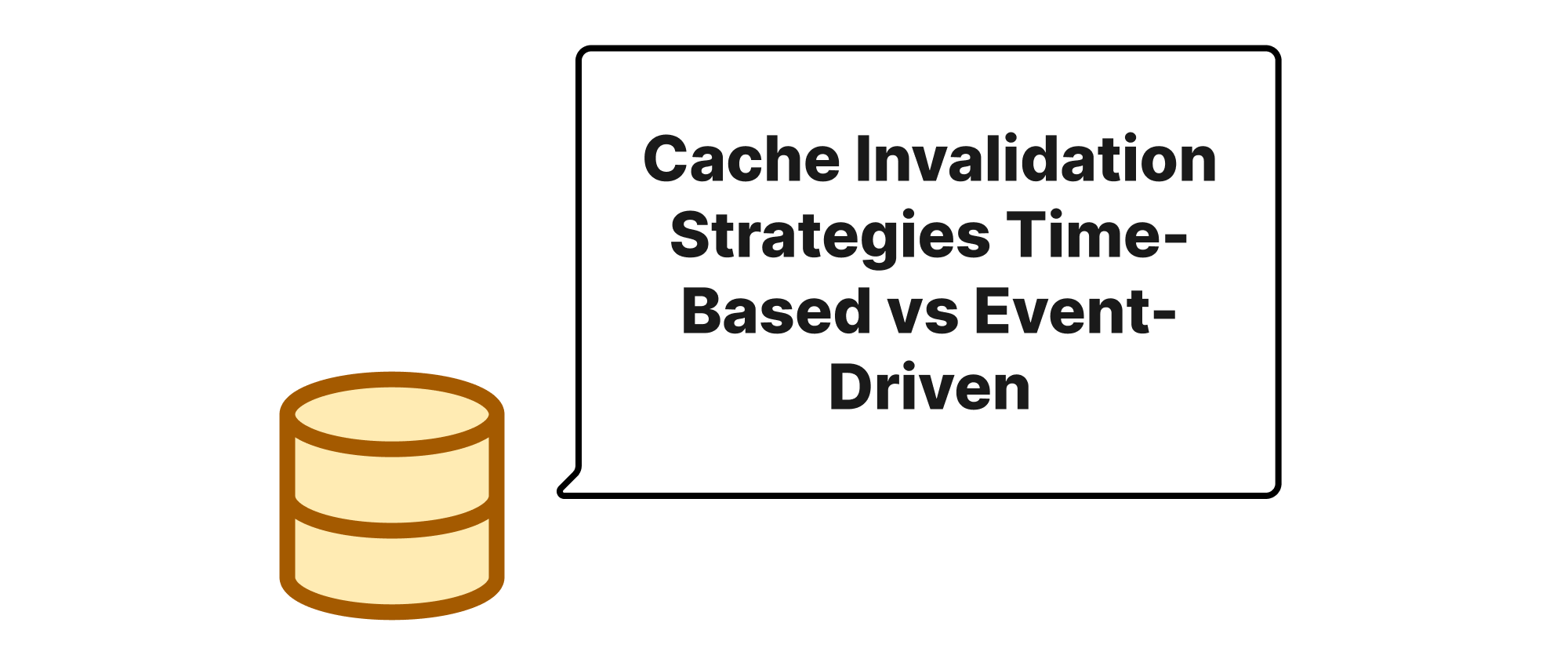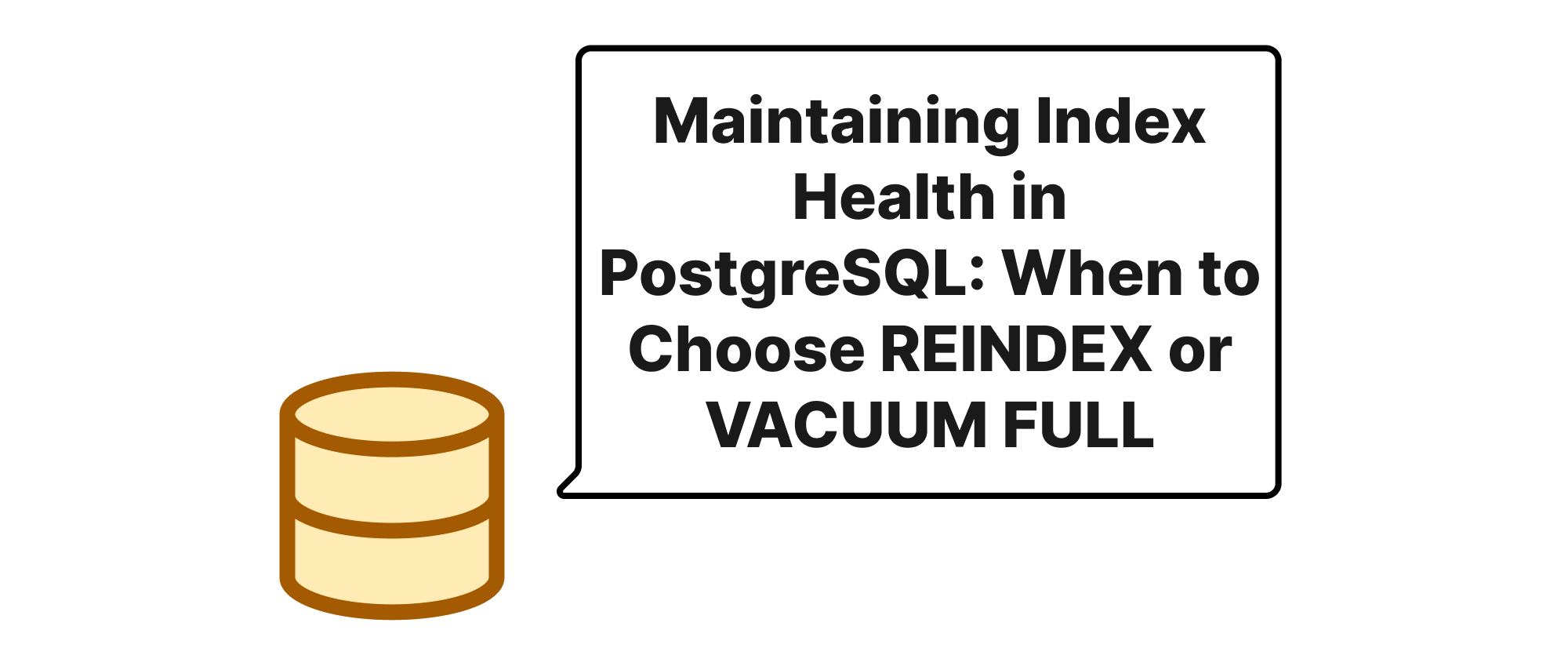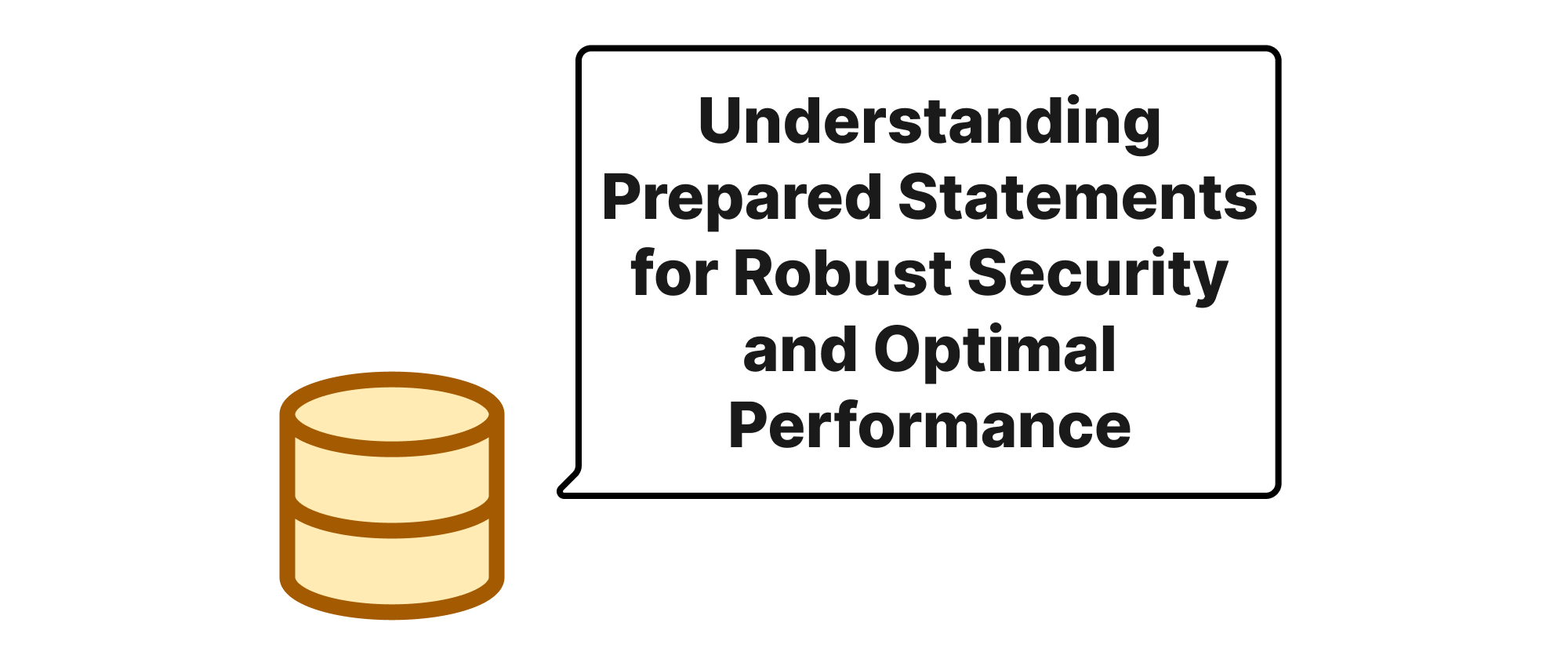Cache Invalidation Strategies Time-Based vs Event-Driven
Olivia Novak
Dev Intern · Leapcell

Introduction
In the realm of database-backed applications, caching is an indispensable technique for boosting performance and reducing the load on primary data stores. By storing frequently accessed data in a faster, more accessible location, we can significantly decrease response times and enhance user experience. However, the benefits of caching come with a critical challenge: ensuring data consistency. A stale cache entry, representing outdated information, can lead to incorrect application behavior and undermine user trust. This is where cache invalidation strategies become paramount. Effectively managing when cached data is deemed invalid and needs to be refreshed is crucial for maintaining data integrity while still reaping the performance gains of caching. Among the various approaches, "time-based" and "event-driven" strategies stand out as two fundamental paradigms. Understanding their nuances, strengths, and weaknesses is key to designing robust and efficient caching systems. This article will delve into these two core strategies, outlining their principles, implementation considerations, and practical applications.
Understanding Cache Invalidation
Before diving into the specifics, let's define some key terms critical to our discussion:
- Cache: A temporary storage area for frequently accessed data, designed to speed up retrieval times.
- Cache Hit: Occurs when requested data is found in the cache.
- Cache Miss: Occurs when requested data is not found in the cache and must be fetched from the primary data source.
- Cache Invalidation: The process of marking cached data as stale or removing it from the cache, forcing subsequent requests to fetch fresh data from the primary source.
- Time-To-Live (TTL): A set duration after which a cached item is automatically considered invalid.
Time-Based Invalidation
Time-based invalidation, often implemented using a TTL, is the simplest and most common strategy. Each cached item is assigned a specific expiration time. Once this time elapses, the item is automatically removed from or marked as invalid in the cache. Subsequent requests for this data will result in a cache miss, prompting a fresh fetch from the underlying database.
Principle: Predictable staleness. Data is considered valid for a fixed period, regardless of actual changes.
Implementation: This approach is typically implemented by setting an expiration timestamp for each cache entry. Many caching libraries and systems, such as Redis or Memcached, provide direct support for TTL.
import redis import time # Connect to Redis r = redis.Redis(host='localhost', port=6379, db=0) def set_data_with_ttl(key, value, ttl_seconds): """ Sets data in cache with a specified Time-To-Live. """ r.setex(key, ttl_seconds, value) print(f"Set '{key}' to '{value}' with TTL of {ttl_seconds} seconds.") def get_data(key): """ Retrieves data from cache. """ data = r.get(key) if data: print(f"Retrieved '{key}': {data.decode()} from cache.") return data.decode() else: print(f"'{key}' not found or expired in cache. Fetching from DB...") # Simulate fetching from a database db_data = f"Data from DB for {key}" # Cache it with a new TTL if fetched from DB set_data_with_ttl(key, db_data, 10) return db_data # Example usage set_data_with_ttl("user:123", "Alice", 5) print(get_data("user:123")) time.sleep(6) # Wait for TTL to expire print(get_data("user:123")) # This will trigger a cache miss and re-fetch
Pros:
- Simplicity: Easy to implement and understand.
- Low Overhead: No explicit signaling or complex logic is required for invalidation.
- Predictable: Cache entries will eventually expire, ensuring eventual consistency.
Cons:
- Potential for Stale Data: Data might become outdated immediately after being cached but before its TTL expires.
- Inefficient for Rarely Changing Data: For data that changes infrequently, fixed TTLs can lead to unnecessary cache misses and database hits.
- Suboptimal for Rapidly Changing Data: If TTLs are set too long, data becomes stale quickly. If set too short, it negates caching benefits.
Application Scenarios:
- Real-time feeds where a few seconds of staleness are acceptable (e.g., stock quotes, news headlines).
- User session data.
- Publicly accessible, non-critical data where eventual consistency is sufficient.
Event-Driven Invalidation
Event-driven invalidation focuses on maintaining cache consistency by reacting to actual data changes in the primary data source. When data is modified in the database, an event is triggered, which then explicitly invalidates the corresponding cache entry.
Principle: Immediate consistency. Cache is updated or invalidated as soon as the source data changes.
Implementation: This often involves hooking into database operations (e.g., using database triggers, ORM hooks) or integrating with a message queue/event bus.
import redis import time r = redis.Redis(host='localhost', port=6379, db=0) def get_data_from_db(key): """Simulates fetching data from a database.""" print(f"Fetching '{key}' from DB...") return f"Fresh data from DB for {key} at {time.time()}" def fetch_and_cache(key): """Fetches from DB and stores in cache.""" data = get_data_from_db(key) r.set(key, data) print(f"Cached '{key}': {data}") return data def get_data_from_cache_or_db(key): """Retrieves data, checking cache first.""" cached_data = r.get(key) if cached_data: print(f"Retrieved '{key}': {cached_data.decode()} from cache.") return cached_data.decode() else: return fetch_and_cache(key) def invalidate_cache(key): """Explicitly invalidates cache entry.""" r.delete(key) print(f"Invalidated cache for '{key}'.") # Example usage key_item = "product:456" # Initial fetch and cache print(get_data_from_cache_or_db(key_item)) print(get_data_from_cache_or_db(key_item)) # Cache hit # Simulate a database update print("\n--- Simulating database update ---") invalidate_cache(key_item) # Invalidate cache on update print("Database updated (cache invalidated).") # Subsequent fetch will be a cache miss print(get_data_from_cache_or_db(key_item)) # Cache miss, fresh data fetched
Pros:
- Strong Consistency: Ensures the cache is always up-to-date with the primary data.
- Optimal Resource Usage: Prevents unnecessary database queries for data that hasn't changed.
- Suitable for Critical Data: Ideal for scenarios where even a moment of staleness is unacceptable.
Cons:
- Increased Complexity: Requires additional mechanisms (triggers, messaging, application-level logic) to detect and propagate changes.
- Higher Overhead: Each data modification incurs an invalidation operation, potentially adding latency.
- Race Conditions: Careful handling is needed to prevent race conditions where data is read from the cache just before an invalidation event is processed.
- Dependency on Data Source: Tightly coupled to the data modification process.
Application Scenarios:
- Banking systems, inventory management, e-commerce product details.
- Leaderboards or highly critical user profiles.
- Any application where strict data consistency is a primary requirement.
Choosing the Right Strategy
The choice between time-based and event-driven invalidation isn't always an either/or decision; often, a hybrid approach yields the best results.
| Feature | Time-Based Invalidation | Event-Driven Invalidation |
|---|---|---|
| Consistency | Eventual (can be stale temporarily) | Strong (immediately updated/invalidated) |
| Complexity | Low | Moderate to High |
| Overhead | Low (fixed cost per fetch/store) | Moderate to High (cost per change + invalidation logic) |
| Stale Data Risk | High (during TTL) | Low |
| Use Case | Less critical data, high read volume | Critical data, high consistency requirements |
| Mechanism | TTL, expiration policies | Pub/Sub, database triggers, application hooks |
Hybrid Approach: A common pattern is to use event-driven invalidation for core, critical data that must be immediately consistent, while applying time-based invalidation for less critical, frequently accessed data where some staleness is acceptable. For example, a user's account balance (event-driven) vs. a personalized recommendation list (time-based).
Considerations for Distributed Caches
In distributed systems, invalidation becomes even more complex.
- Time-Based: TTLs work consistently across nodes, but synchronization of time might be a minor concern.
- Event-Driven: Requires a robust distributed messaging system (like Kafka or RabbitMQ) to reliably broadcast invalidation events to all cache nodes. Challenges include ensuring event delivery, order, and handling partial failures.
Conclusion
Both time-based and event-driven cache invalidation strategies are powerful tools for managing data in caching systems. Time-based offers simplicity and predictable expiry, making it suitable for data where eventual consistency is acceptable. Event-driven provides stronger consistency by reacting to actual data changes, albeit with increased complexity. The optimal strategy, or often a combination of both, depends heavily on the specific application's requirements for data freshness, performance, and tolerance for complexity. By carefully weighing these factors, developers can design caching architectures that maximize both speed and data integrity.


